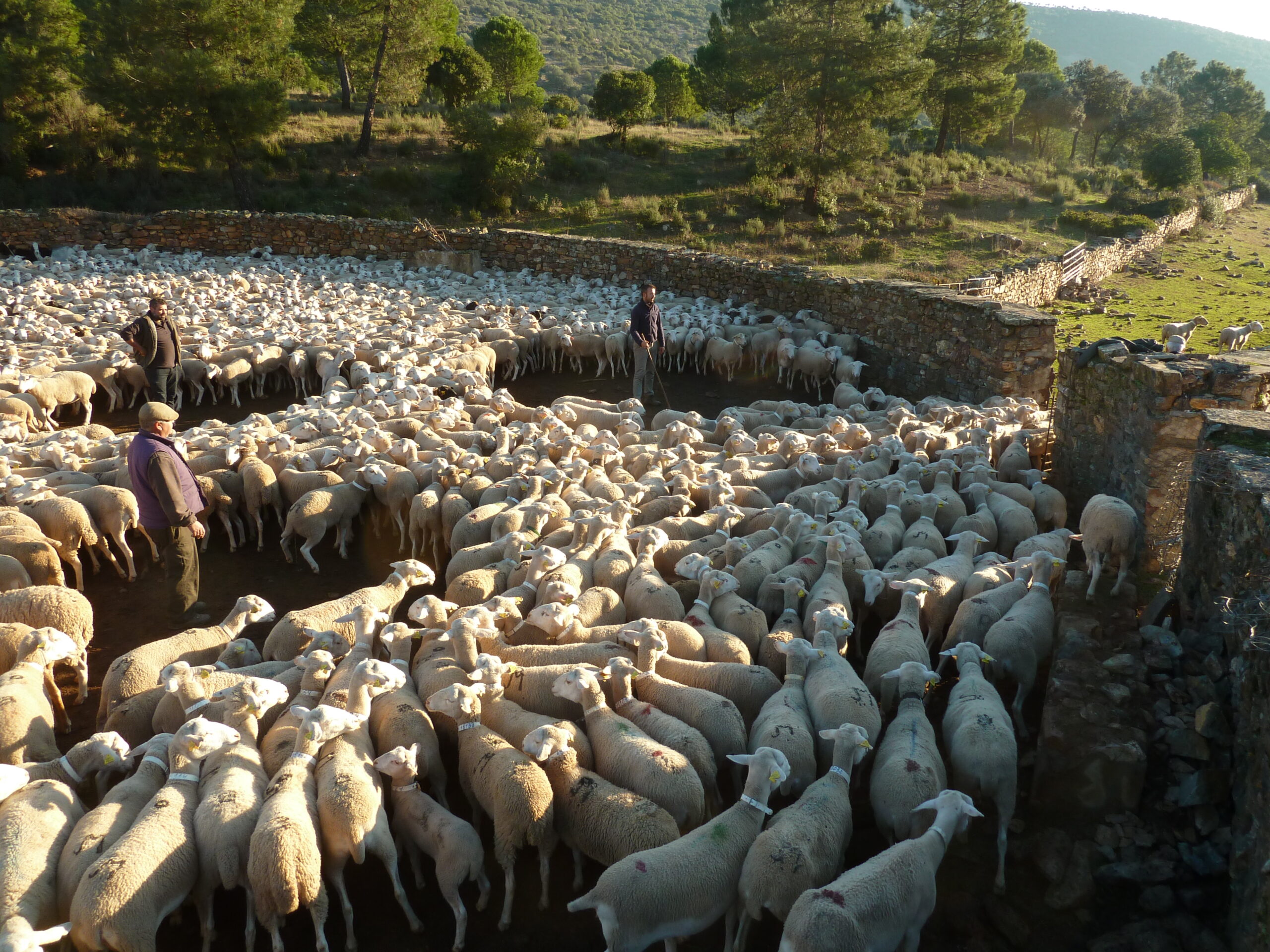Title: The community:United we stand. – Year: 2018 – Place: Sierra Morena (Spain) – Author & Copyright: Pau SANOSA
OTHER FORMS OF LIFE: Castril, Santiago de la Espada and Pontones pastoral commons (Spain).
Nested in the mountains of northeastern Andalusia, in the highlands of the municipal territory of Santiago-Pontones and Castril, even today, one can find extensive mobile livestock practices and a range of community systems which govern the sustainable use of these highland pastures. By all accounts, it seems that these community systems of governance have been in existence for at least eight centuries, and maybe longer – millennia perhaps. They have anchored the social development in these terrains where nature is as wild and fierce as the sea can be on stormy nights.

Title: Position of the three pastoral commons and one of its main transhumant roads
Year: 2021
Place: North Eastern Andalusia (Spain)
Author & Copyright: Pablo Domínguez (inset courtesy of Google Earth Engine).
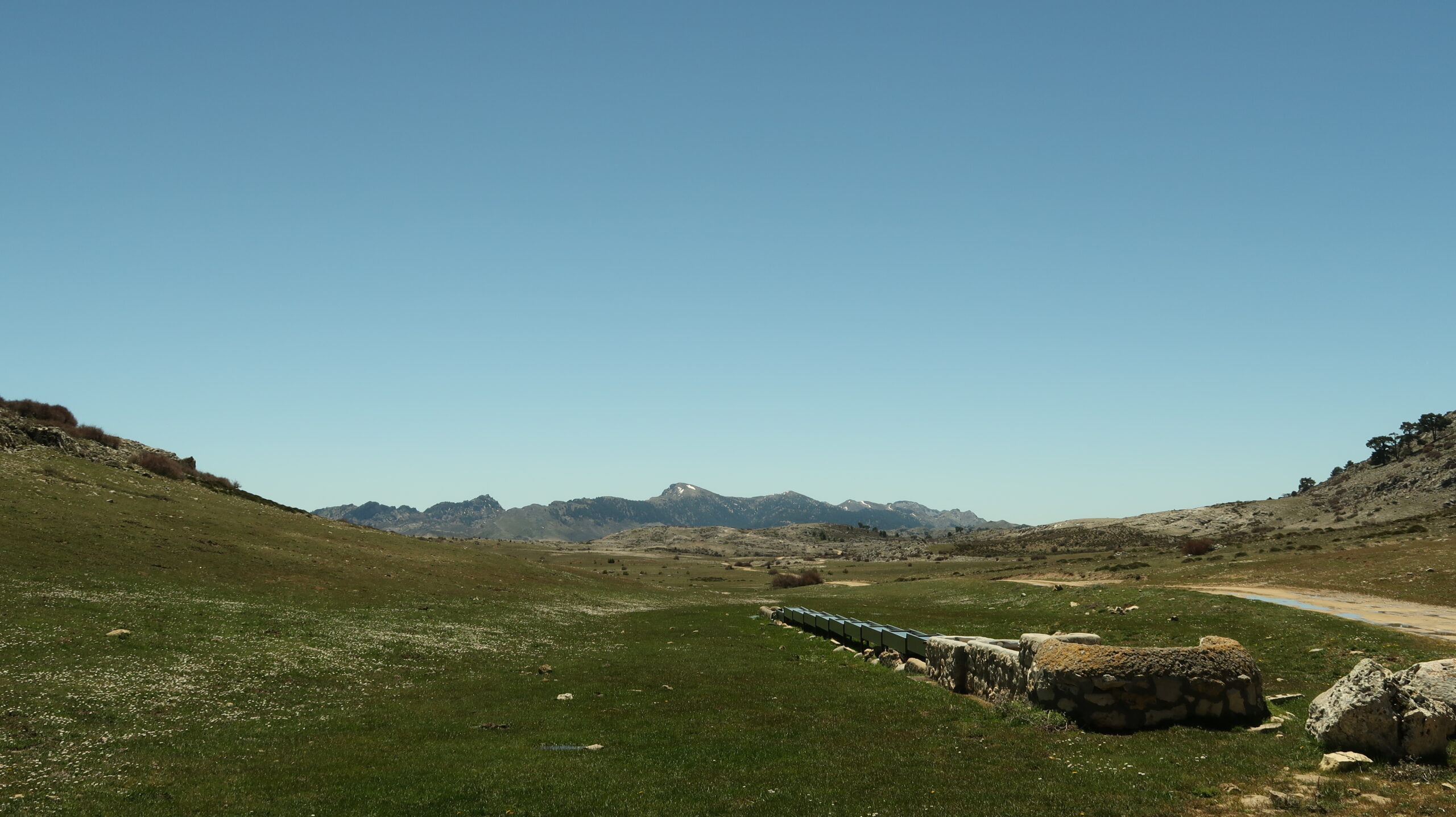
Title: Caring we flourish
Year: 2018
Place: Pastoral communal highlands of Santiago de la Espada (Spain)
Author & Copyright: Pablo DOMINGUEZ
These highlands, which lie at an altitude of 1,400 to nearly 2,000 meters above sea level, are left to rest from grazing and abandoned by pastoralists, during most of autumn and all of winter, and come alive during spring and summer to the sound of the footsteps of the shepherds and their flocks of sheep and goats, their cows and horses that come back as they do every year. This late spring transhumance, a collective movement of many pastoralists (sometimes with entire families), and locally called the ‘verea’, is an annual feature in these highlands, between mid-May and June. The melting of the snow in April, and the rise in rainfall and temperature soon after, creates the perfect conditions for the pastures to grow rapidly, and attract the livestock to the flowering all around which make part of the Biosphere reserve of the Sierras of Cazorla and Segura. Really no one but the livestock breeders themselves can introduce these systems better, as they know it so very intimately, but still researchers can help us understand them too.
Title: History of Santiago-Pontones pastoral commons.
Year: 2020
Place: Santiago-Pontones (Spain)
Author & Copyright: Lara BARROS
Title: Legal status of Santiago-Pontones pastoral commons.
Year: 2020
Place: Santiago-Pontones (Spain)
Author & Copyright: Calixto ESCARIZ
Title: History of Castril pastoral commons.
Year: 2020
Place: Castril (Spain)
Author & Copyright: Lara BARROS
Title: Legal status of Castril pastoral commons.
Year: 2020
Place: Castril (Spain)
Author & Copyright: Calixto ESCARIZ
Other forms of movement

Title: Patiently we reach
Year: 2019
Place: Sierra Morena (Spain)
Author & Copyright: Francisco GODOY
And then, around mid-Autumn, just before the snows come, the pastoralists begin to move down into the lowlands, with their livestock, always helped by their faithful dogs, in search of milder and warmer winter pastures. This regular migration, up and down the mountains, each year with the changing of the seasons, carries with it a dynamic movement of exchanges of knowledge, social relations, ideas, and innovations. For centuries, it is these exchanges that have underpinned pastoralist resilience and contributed to building their own cultures, and that of the communities they visit year after year.
In the highlands of the municipal territory of Santiago-Pontones and Castril, in northeastern Andalusia, one can still find mobile livestock practices and a range of community systems which have governed the sustainable use of these highland pastures for at least five centuries and probably millennia.
These highlands come alive during the spring and summer. The melting of the snow in April, and the increase in rainfall and temperature soon after, creates the perfect conditions for the pastures to grow rapidly. Then, towards mid-autumn, when it starts getting colder, the pastoralists begin to move down into the lowlands. This regular migration brings with it a dynamic movement of exchanges of knowledge, social relationships, ideas, and innovations.

Title: Slowly we prosper
Year: 2018
Place: Castril River (Spain)
Author & Copyright: Adrià PEÑA

Title: Unceasingly we continue
Year: 2018
Place: Sierra of Castril (Spain)
Author & Copyright: Francisco GODOY

Title: Respectfully we inhabit
Year: 2019
Place: Border of Santiago de la Espada and Castril pastoral commons (Spain)
Author & Copyright: Adrià PEÑA
Other forms of conservation

Title: Silently we conserve and through our work the grasses thrive
Year: 2018
Place: La Puerca, sheepfold of Castril (Spain)
Author & Copyright: Francisco GODOY
Currently, over one hundred shepherds have customary rights to the pastures. They enjoy equitable access to these pastures and work collectively to ensure that the vegetation cover maintained is such that it permits its annual regeneration in a natural way. In this way, they conserve local biological diversity, protect soils from erosion, and keep the land productive.
Among the benefits of pastoral influence is the reduction of wildfires, as extensive pastoralism can limit tree growth and the accumulation of combustible timber. Such mobile communal pastoralist systems also benefit distant territories as well, where many of these pastoralists spend the winters, for their migration facilitates the transportation of seeds and biodiversity diffusion.
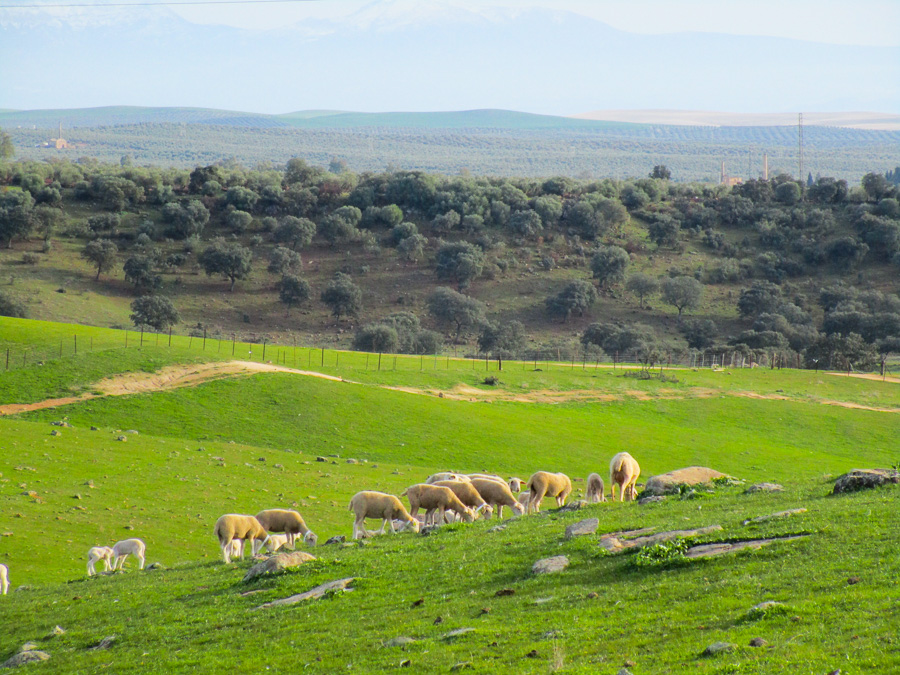
Title: Gratefully we graze
Year: 2018
Place: Sierra Morena (Spain)
Author & Copyright: Pablo DOMINGUEZ
But the pastoral influence has still other benefits such as the reduction of wildfires, by always keeping open spaces, since extensive pastoralism can limit tree growth and the accumulation of combustible timber. Such mobile communal pastoralist systems also benefit distant territories such as those of Sierra Morena, over 150 kilometres away, where many of these pastoralists spend the winters with their animals. Their migration facilitates the transportation of seeds, and the implantation of new species in new spaces, creating new diverse ecological bonds! This would not be possible without the movement of the pastoralists working collectively like an orchestra of countless players.
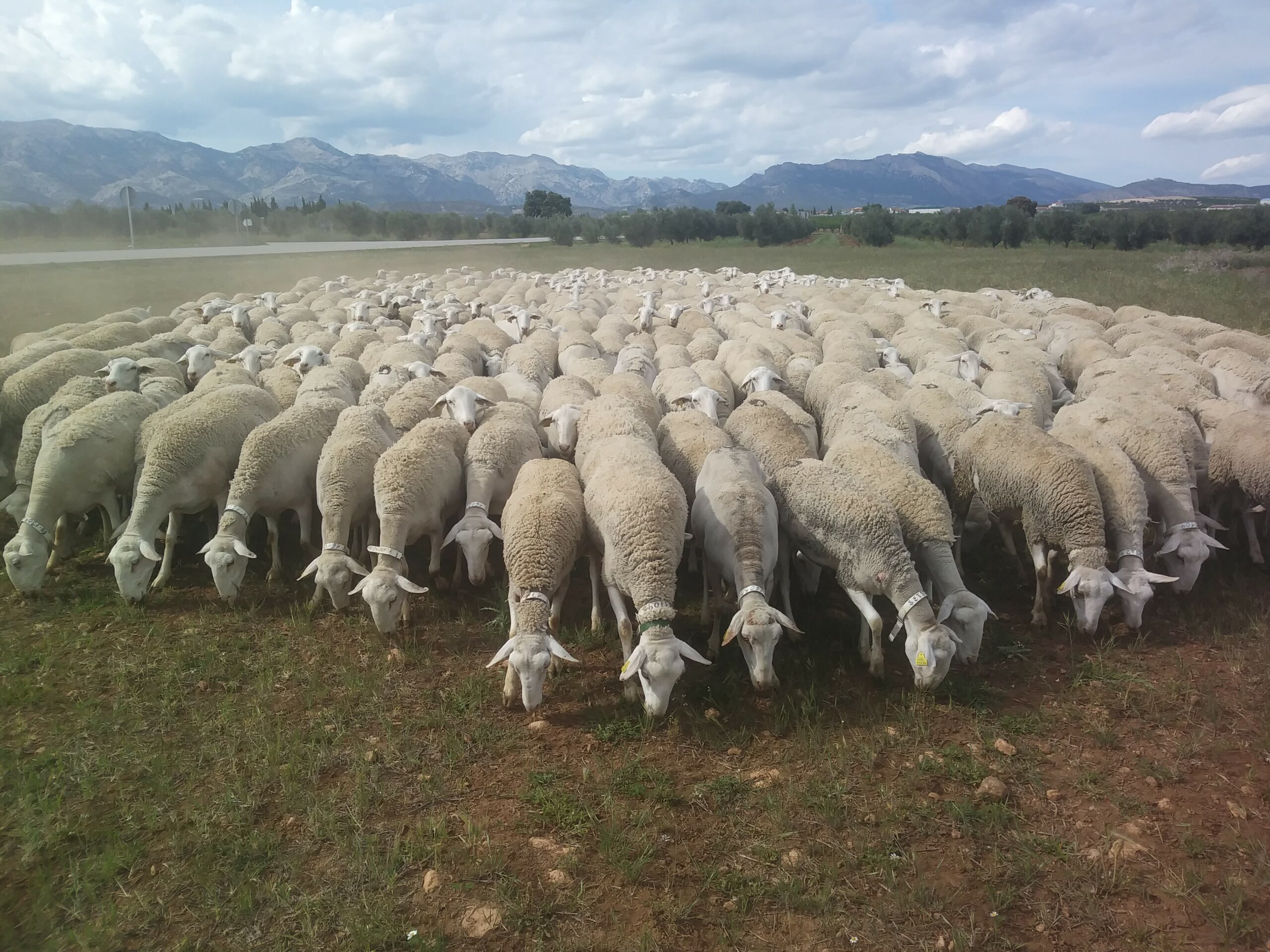
Title: Harmlessly we deploy
Year: 2019
Place: Las Almontaras (Spain)
Author & Copyright: Francisco GODOY
Other forms of feeling
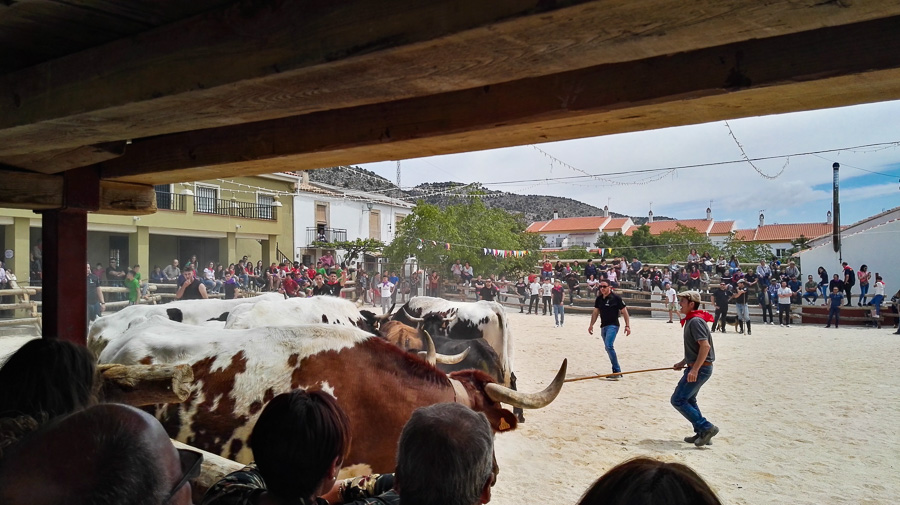
Title: Passionately we persist
Year: 2018
Place: Fátima (Spain)
Author & Copyright: Adrià PEÑA
And so, these mountain landscapes are what they are because of the intense interaction between humans and nature for generation after generation. This is always accompanied by the warp and weft of pastoral cultures which are woven together with these environments over time. It is a different kind of life where all elements always seek to be in dynamic harmony.
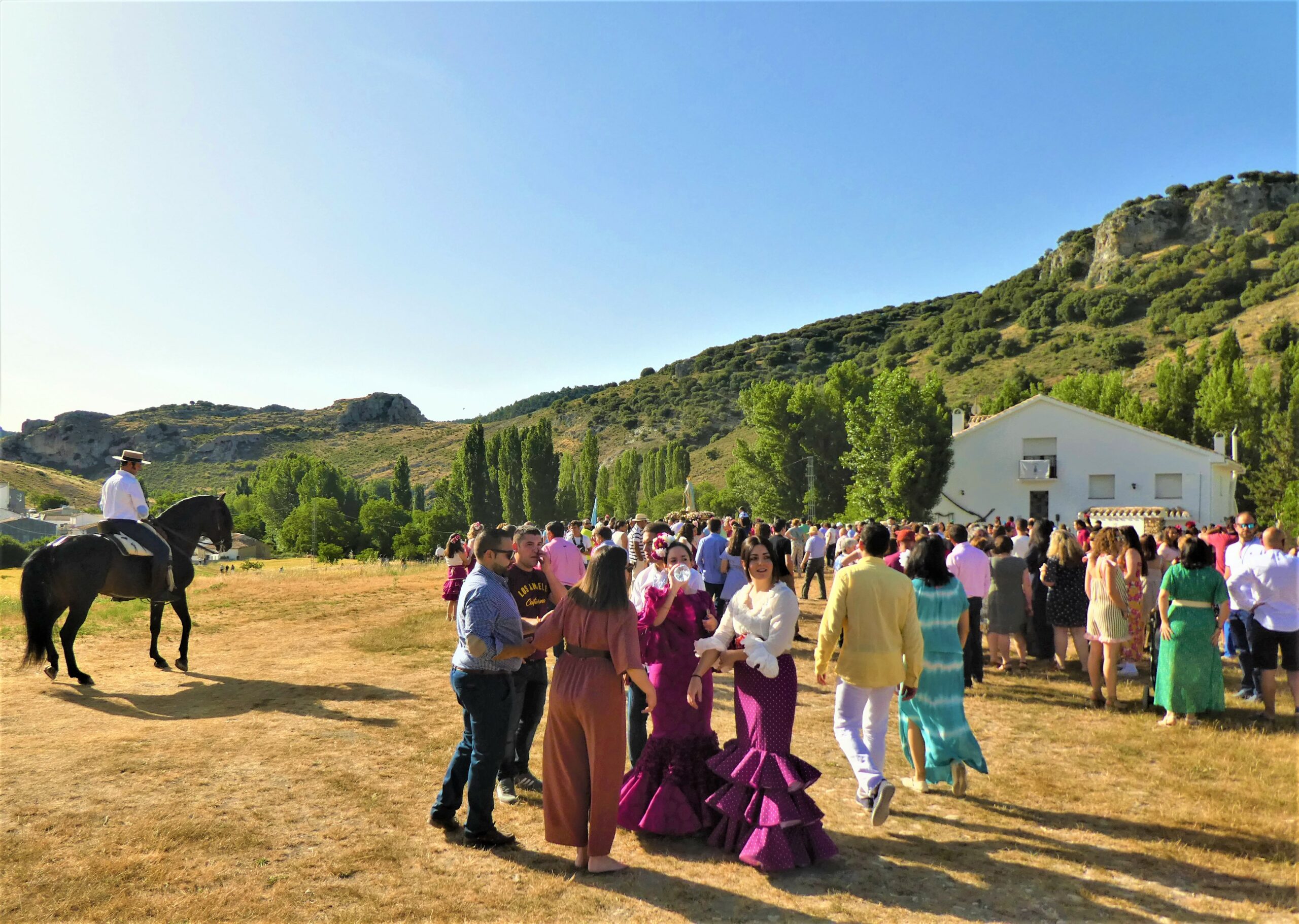
Title: Colourfully we resist
Year: 2019
Place: Vega de Santiago (Spain)
Author & Copyright: Pau SANOSA

Title: Flourishing we continue
Year: 2018
Place: Castril (Spain)
Author & Copyright: Pablo DOMINGUEZ

Title: Humbly but proudly we persist
Year: 2019
Place: Pastoral communal highlands of Pontones (Spain)
Author & Copyright: Pau SANOSA
And despite adverse socio-environmental conditions, increasing competition with global markets, despite the pressures of very restrictive national and European policies for non-intensive livestock breeding, the communal pastoralism of Pontones, Santiago de la Espada and Castril persists stoically, right in the midst of the 21st century.
Acknowledgements
We would like to thank all the breeders of Castril and Santiago-Pontones, for their willingness, their time and their support, and for sharing over several extensive days their stories and their ways of life with us. Likewise, we are grateful to all the inhabitants of these Sierras for the warm reception and company they have given us, particularly Pepi, Manolo, Ms. Isabel, Patricio and Marisa, on whom we could always count. For their support, contributions and for introducing us to the understanding of the territory, to Francisco Javier Ruiz (OCA Sierra de Segura), Pepe Puntas (ANCOS), Abraham Morcillo (ADSG Altiplano Segureño), as well as María del Carmen García, María Teresa Moro, Mariano Ojeda and Manolo Pajarón. To the mayors and town councils of Castril and Santiago-Pontones for facilitating our research. And to the excellent Group of Evaluation, Recovery and Protection of Mediterranean Agrosystems of the EEZ (CSIC-Granada), both professionally and humanly, who have been great allies in the challenge of understanding in a transdisciplinary way what happens in “esas sierras” (those mountains). The research on which the section of Spain is based, has been particularly possible thanks to the support of the EXPLORA project (Socio-Ecological Heritage of ICCAs in Spain and Morocco, CSO2015-72607-EXP; Spanish Ministry of Economy and Competitivity).
Text and composition by Francisco GODOY, Pau SANOSA, Adrià PEÑA, Montserrat VENTURA and Pablo DOMINGUEZ.
